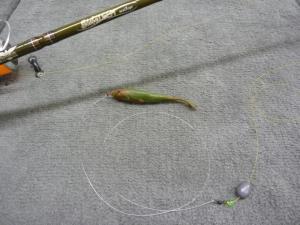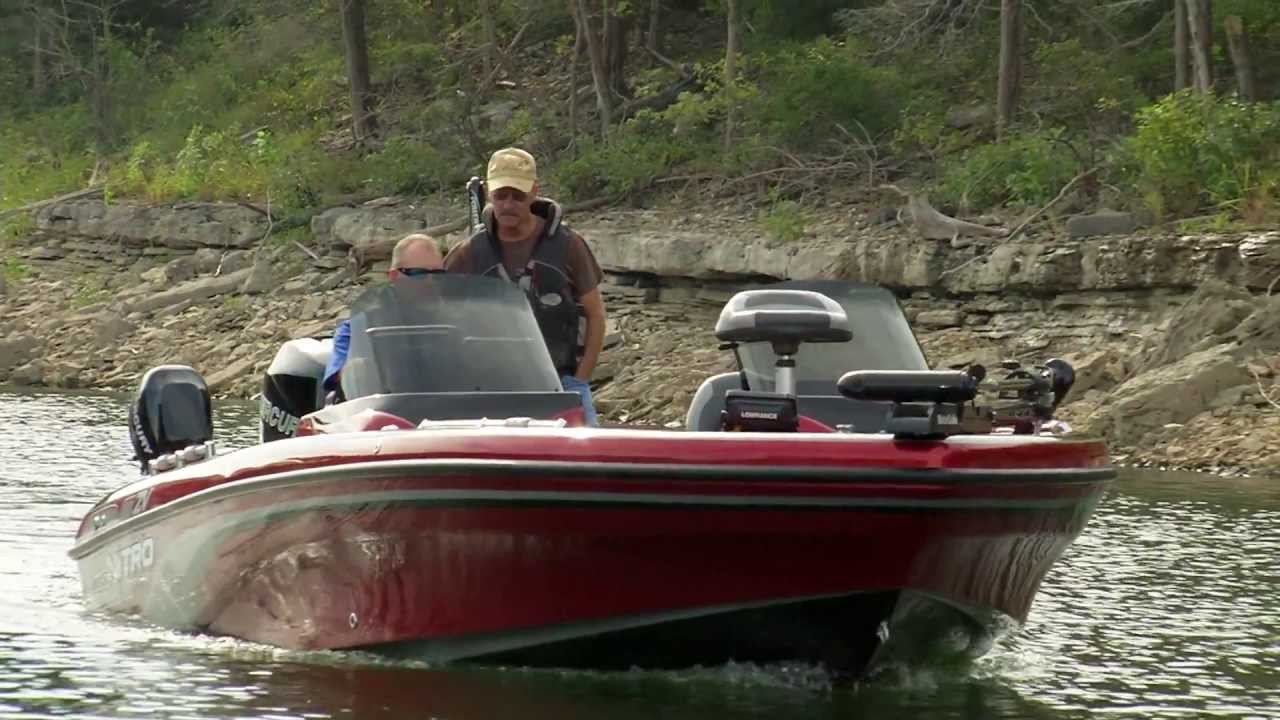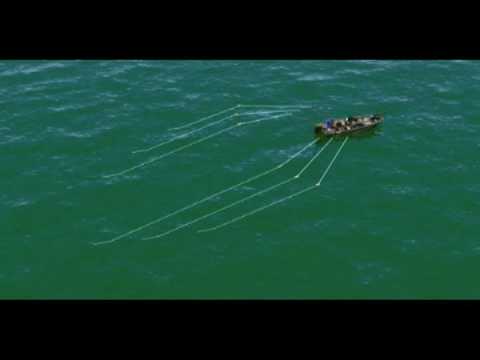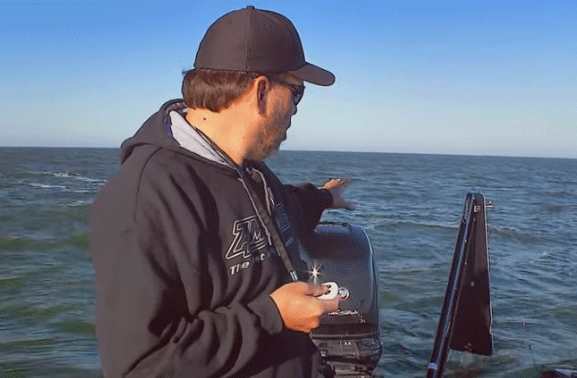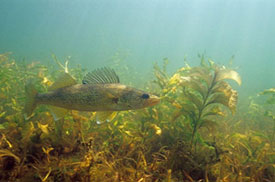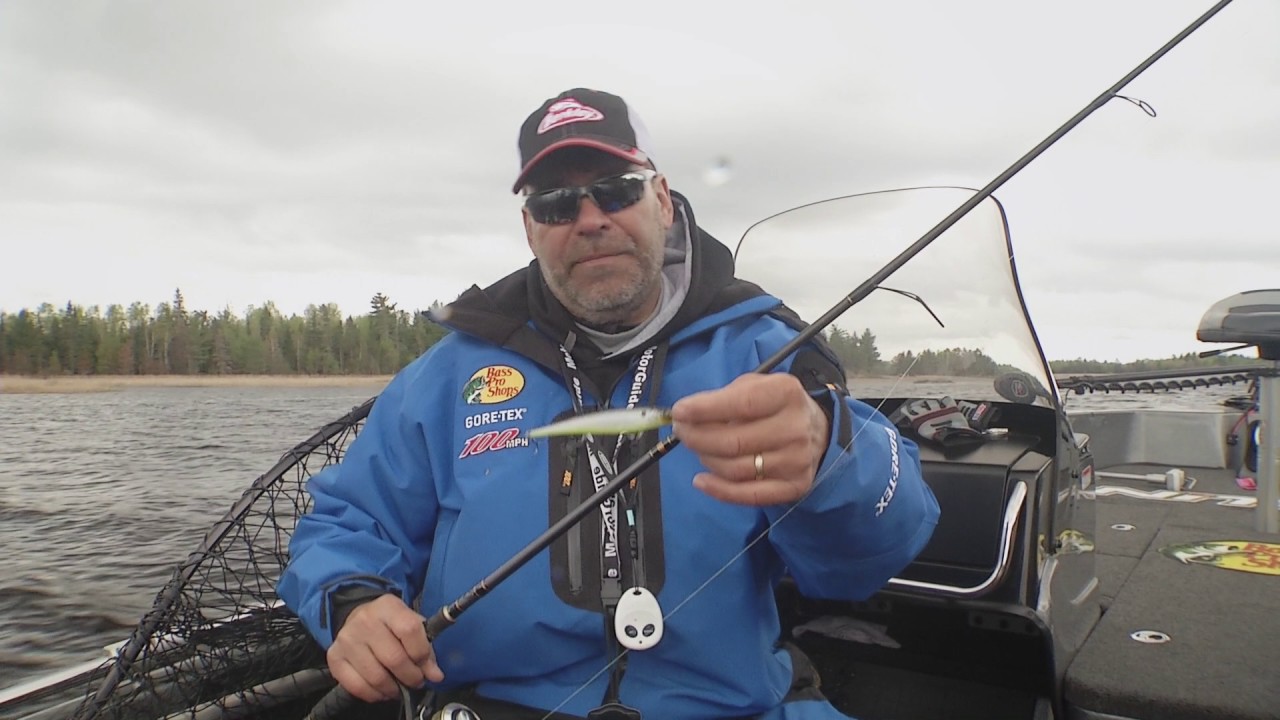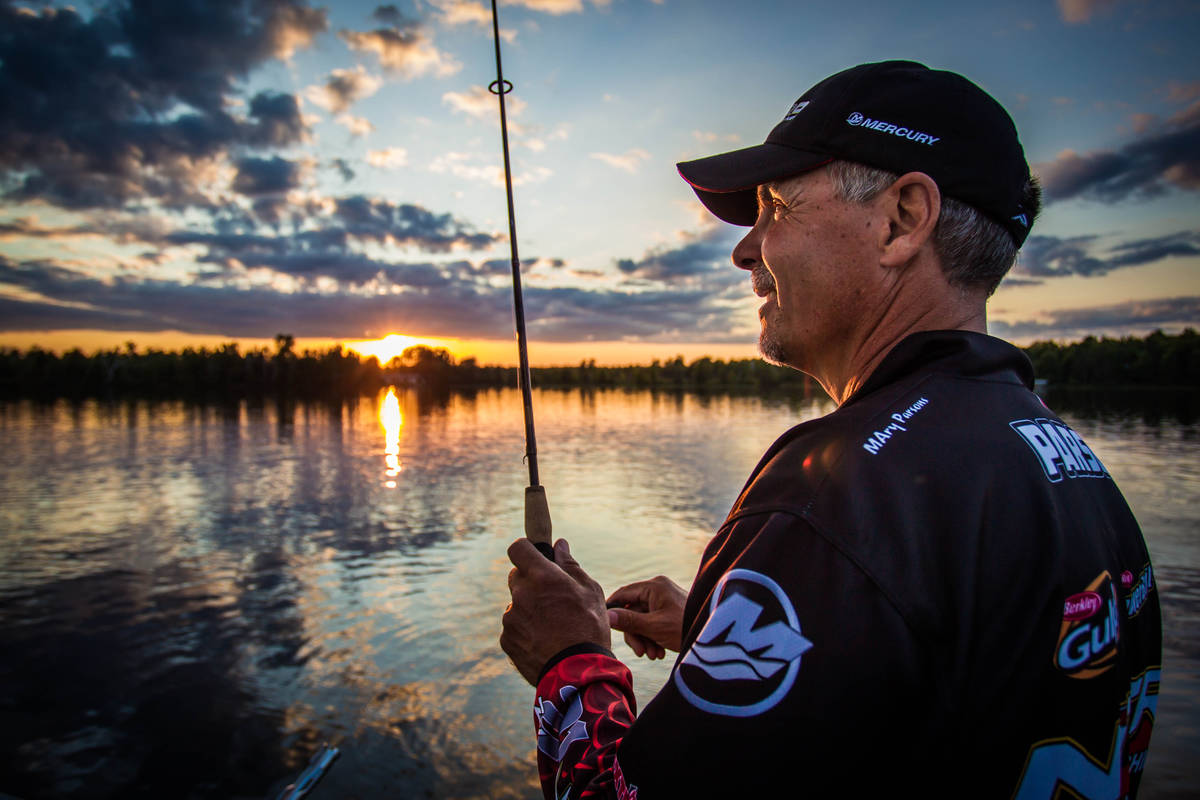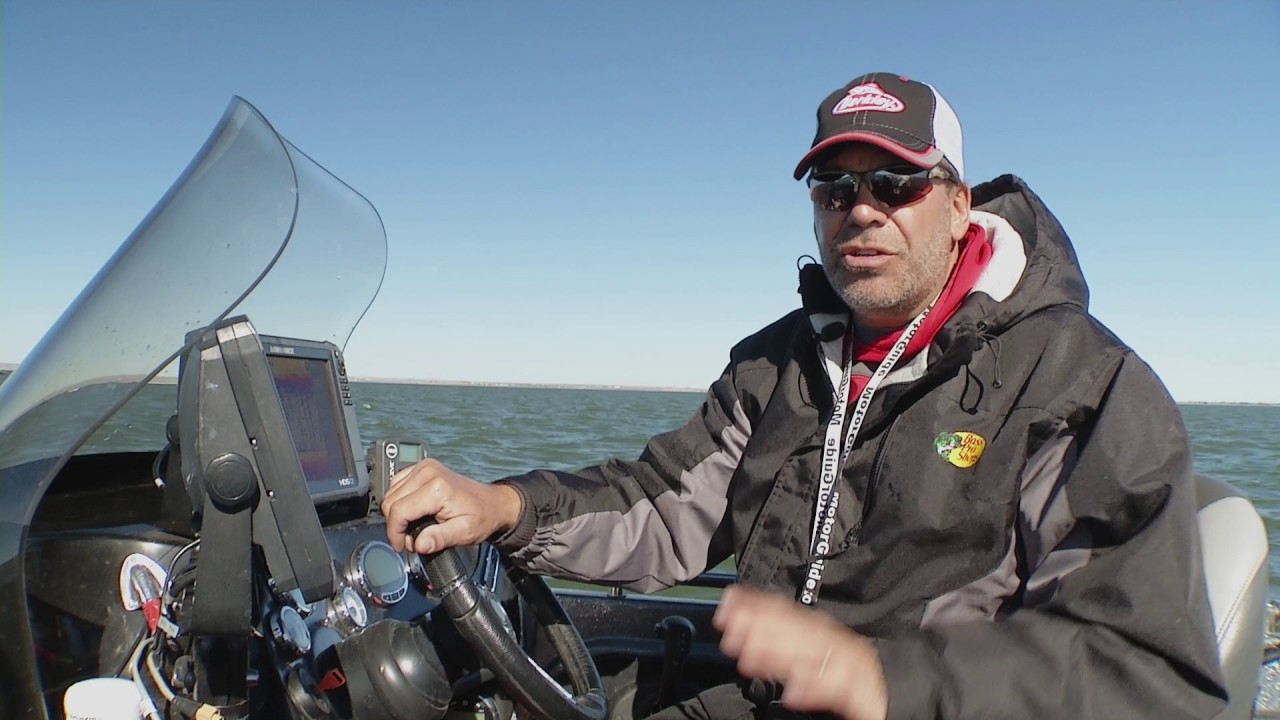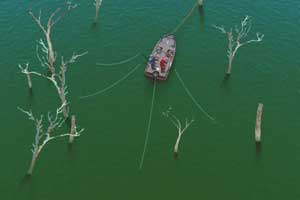 Slip bobbering is a highly effective technique whenever schools of walleyes are feeding on relatively small areas. I use floats for fishing points, gravel humps and other structure. It’s also a great way to pull walleyes from the edges of weed walls and standing timber.
Slip bobbering is a highly effective technique whenever schools of walleyes are feeding on relatively small areas. I use floats for fishing points, gravel humps and other structure. It’s also a great way to pull walleyes from the edges of weed walls and standing timber.
Total Solutions Technique
First thing I do is check a good contour map to identify potential fishing spots under the conditions at hand. If it’s calm and clear, I focus on deep structure—in maybe 18 to 25 feet of water. Under windy or low-light conditions, I look shallower. Windswept rocky shores or reefs can be dynamite.
Looking at a map isn’t enough, though. This definitely isn’t a search technique, so unless I’m fishing shallow water, I like to find the fish with sonar before setting out my lines. I watch my graph while motoring over structure until I spot the fish. If the water is so shallow I’m afraid of spooking the fish by running over them with the boat, I’ll cast out a float rig and give the spot a few minutes to produce a fish; if nothing happens, I move on.
When setting up on a spot, I drop anchor upwind and let out enough rope—from 100 to 150 feet—so I can reach the structure. Then I set the float stop so my bait is 6 to 18 inches off the bottom and cast off to the side and slightly upwind of the boat. The rig should drift down to the target area in a broad sweep. By adjusting where the anchor rope is tied to the boat (bow, side cleats), and casting to opposite sides of the boat, I can cover a pretty wide swathe of water without pulling the anchor.
Total Solutions Equipment
My typical float rig starts with a 2- to 3-foot leader of 6-pound-test Berkley Vanish Fluorocarbon Leader Material. On one end is a small swivel; to the other, I tie a 1/32- or 1/16-ounce jig or size 4 to 8 hook and tip it with a minnow, leech or nightcrawler. With a plain hook, I add a small split shot halfway up the leader. I select a float just big enough to suspend the rig. I always choose a float with a brass insert, so the line doesn’t hang up in it.
Because you often have a fair amount of line out, and there is a 90-degree angle between you, the float and the bait, a long rod is key to solid hooksets. I use a 7½-foot, medium-light spinning rod matched with a medium sized spinning reel. I spool up with 8/3 Berkley FireLine Crystal or Original FireLine in Flame Green; the latter gets the nod when I need to see the line in low-visibility conditions.
 Berkley® Vanish® Leader Material |
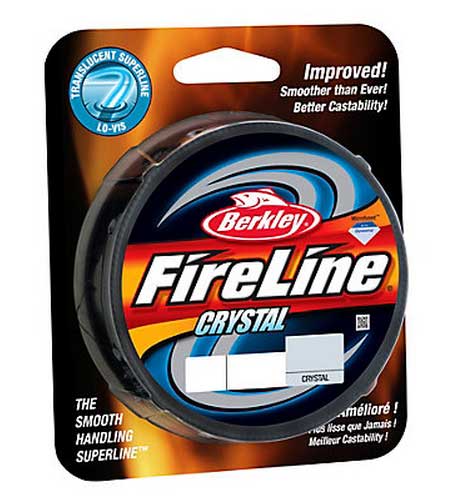 Berkley® FireLine Crystal™ |
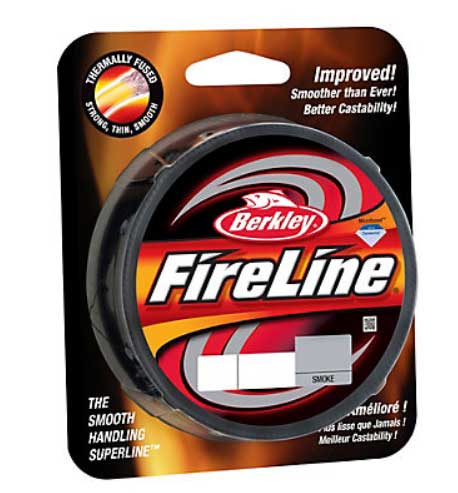 Berkley® FireLine® |

